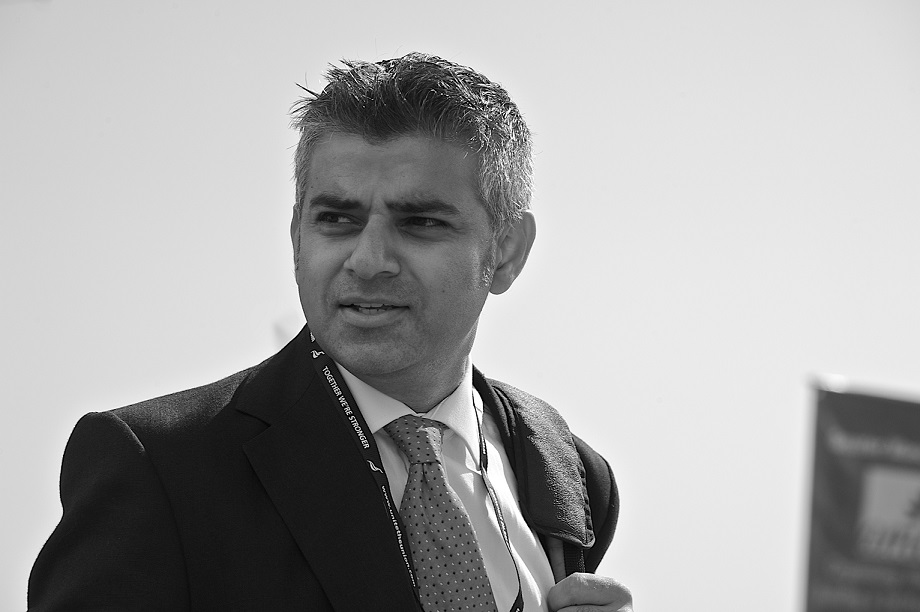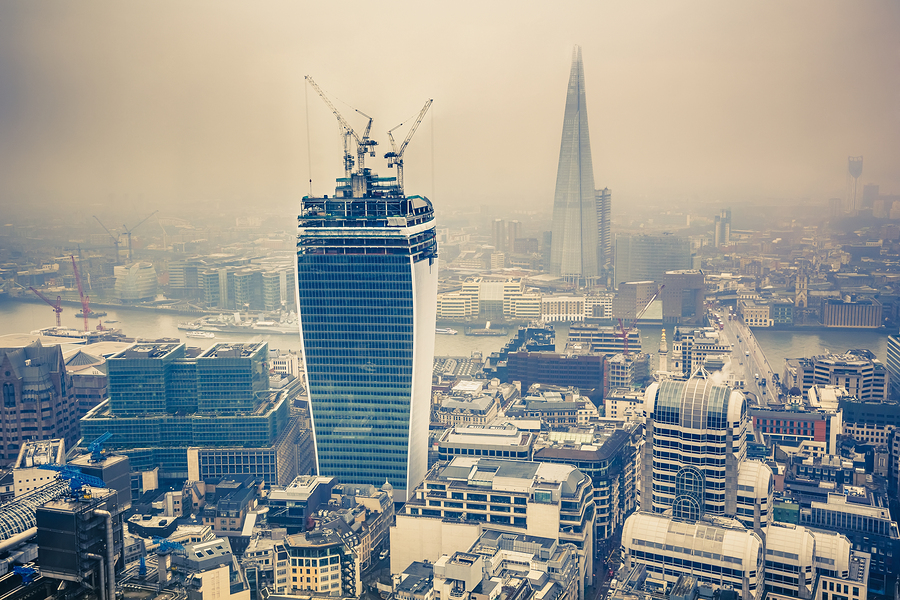It’s no secret that air pollution in UK cities is beyond what is considered acceptable. In the capital alone, polluted air is said to be the cause of 9,500 deaths per year – but solutions to the issue are currently being sought by tech companies across the world.
Air pollution is big business, and it should be, as it costs the UK hundreds of millions of pounds every year. Currently, gases such as sulphur, nitrogen dioxide and ozone are thought to be nearly four times over EU limits in South London alone.
But what do these gases do to the average person?
Fortunately, over the past few decades scientists have taken a great interest in what pollutants do to the body, and unfortunately, the findings are pretty grim.
Dr Anoop Shah of the University of Edinburgh, speaking to The Guardian, says that, “inhaling these toxic materials causes an inflammatory reaction in your body.”
He continues, saying that:
“These processes can enhance a condition called atherosclerosis, where your arteries become furred up by fatty plaques, causing them to harden and narrow.
“They can also affect the viscosity of your blood, making it quite thick and sticky, which can cause increased blood pressure. In the past, we just assumed that pollution mainly affected the lungs, but more and more studies are showing us that it heavily affects the heart and the whole cardiovascular system as well.”
Dr Shah also released a study last year, which stated exposure to certain pollutants increases the risk of death from strokes in the days following the attacks.
But technology – and kickstarter – is now on the case.
Introducing the Smog Free Tower
Having witnessed the death of a six year old lung cancer sufferer from Beijing, tech entrepreneur, Daan Roosegaarde, knew things had to change.
After setting up a Kickstarter campaign in 2015 for the Smog Free Tower project, Roosegaarde’s first machine was unveiled in July 2015 in a Rotterdam park.
The tower works by ionizing airborne smog particles that are tiny enough to inhale by a system at the top of the tower and can clean 30,000 cubic metres of air per hour.
Powered by wind, the machine draws in dirty air into a chamber where particles smaller than 15 micrometres are given a positive charge and grounded to a counter electrode.
Once the process is complete, the air is then expelled through vents near the lower part of the tower and should be 75 per cent cleaner than when it went in.
Understandably, cities around the world have taken an interest in the towers, including Mexico City and Beijing.
Here is Roosegaarde’s explanatory video about the tower from last year:
What other smog fighting technology is there?
Of course, the Smog Free Tower isn’t the only technology that can battle smog, as architecture and building design can also aid in the fight against pollutants.
The Torre de Especialidades hospital building in Mexico City for example, is shielded by a 100-yard façade made from specialised tiles that “scrub the air clean”.
Created by Berlin-based architecture firm, Elegant Embellishments, the mass-produced tiles are coated with titanium oxide, which acts as a catalyst for chemical reactions when activated by sunlight.
Once this happens, the mono-nitrogen oxides turn into less harmful substances such as calcium nitrate and water. The tiles can keep on going indefinitely.
In 2015 a team in Italy was nominated for a European Inventor Award for creating “smog-eating concrete”, which, like the hospital, used sunlight and rainwater to break down pollutants.
Luigi Cassar, inventor of the concrete, said, “I’ve been working on it for 20 years” but that “not everyone will invest in the research. If 15 per cent of buildings in cities were coated with TxActive, you could cut 50 per cent of the pollution.”
Change expected in London with Khan

New London Mayor, Sadiq Khan, has been urged to strengthen his plans to tackle toxic air, and the man himself has pledged for a ‘greener, cleaner London’ after putting air pollution at the top of his green priority list.
Areeba Hamid, Greenpeace air pollution campaigner, said:
“We congratulate Sadiq Khan on winning the election. With victory comes responsibility for the air that eight million people breathe, and right now that air is often poisonous.
“Sadiq’s time in office will be judged on whether London’s kids are breathing much cleaner air in four years’ time. To make sure they do, within his first 100 days, he should launch a consultation on a Clean Air Zone covering most of the city.”
The new Mayor of London has set a target of only buying clean electric or hydrogen buses from 2020 and aims to hit the city’s recycling target of 65 per cent by 2030.
He is also set to embark on a large-scale tree planting programme across the capital.
